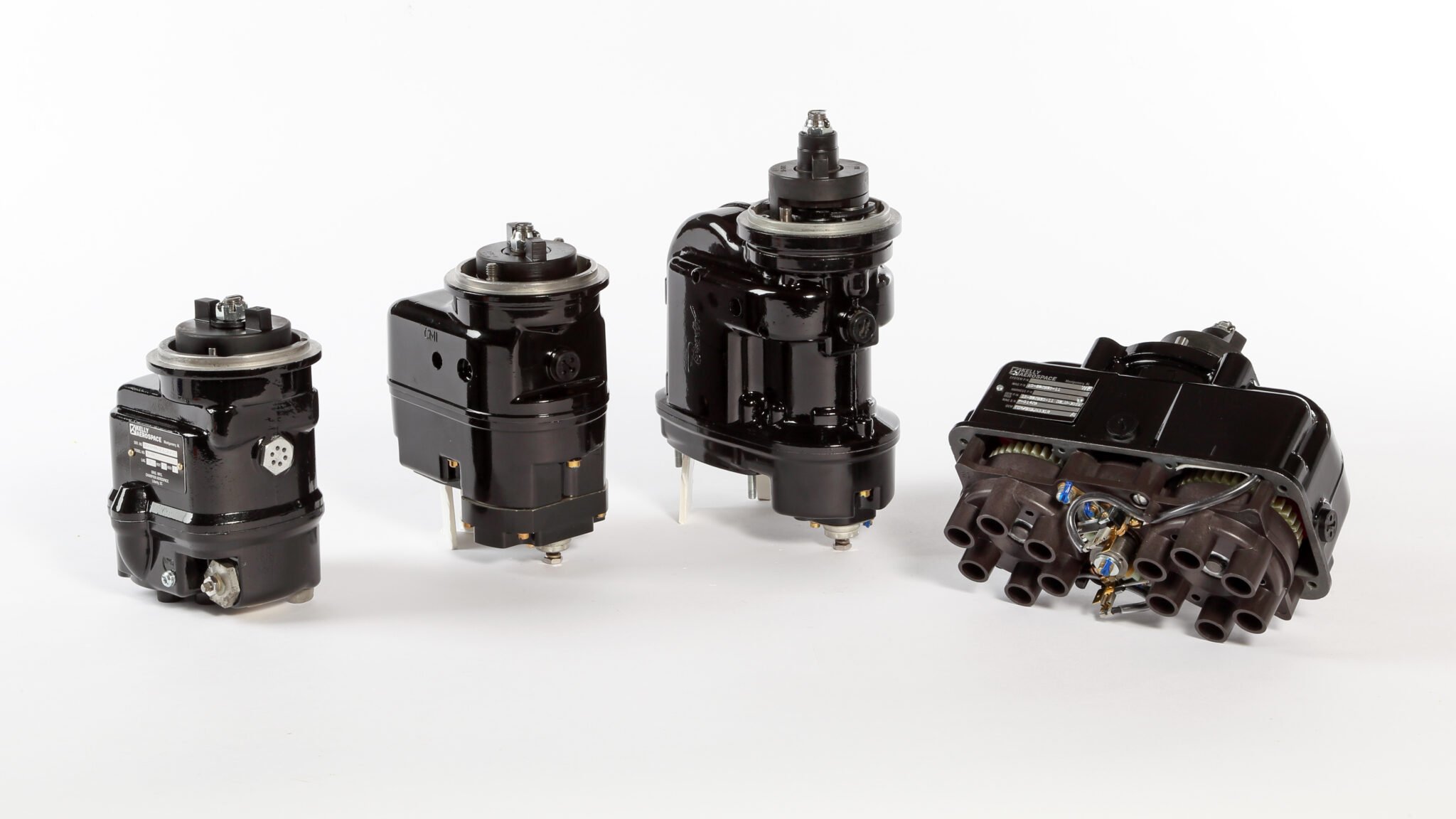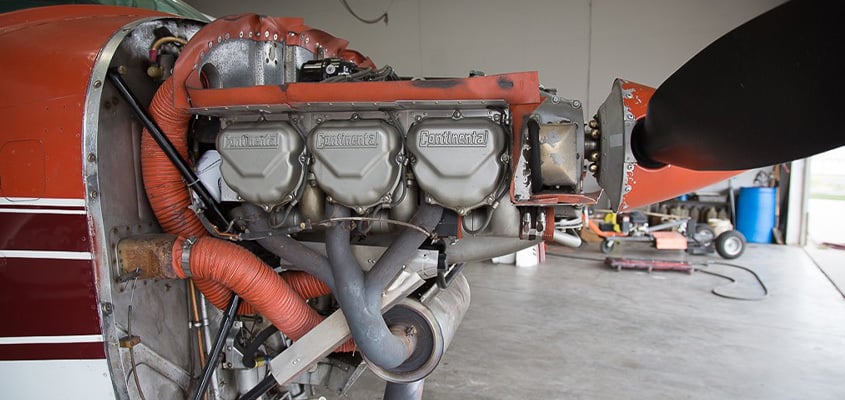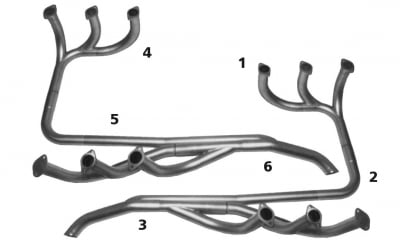Flying Small Planes in Extreme Heat: What Pilots Need to Know
Flying small planes in scorching hot weather presents unique challenges that pilots must be prepared for. When temperatures soar like they have this month, aircraft performance can be significantly affected, making it crucial for pilots to understand the potential risks and take appropriate precautions. In this blog post, we will explore important considerations and safety measures pilots should be aware of when flying during extremely hot weather conditions.
- Preflight Planning: Before embarking on any flight, it is essential to conduct a thorough preflight inspection, paying extra attention to components that might be susceptible to heat-related issues. These include tires, fuel lines, brakes, and engine cooling systems. Ensure that all systems are in optimal condition and adequately protected from the extreme heat.
 Density Altitude: High temperatures lead to increased density altitude, which affects aircraft performance. Density altitude is the pressure altitude corrected for temperature variations from the standard atmosphere. As the density altitude rises, aircraft performance decreases, including reduced engine power, longer takeoff and landing distances, and decreased climb rates. Pilots should consult aircraft performance charts to accurately determine the impact of density altitude on their specific aircraft and adjust their flight plan accordingly.
Density Altitude: High temperatures lead to increased density altitude, which affects aircraft performance. Density altitude is the pressure altitude corrected for temperature variations from the standard atmosphere. As the density altitude rises, aircraft performance decreases, including reduced engine power, longer takeoff and landing distances, and decreased climb rates. Pilots should consult aircraft performance charts to accurately determine the impact of density altitude on their specific aircraft and adjust their flight plan accordingly.  *AOPA
*AOPA- Weight and Balance: Extreme heat can affect weight and balance calculations. Higher temperatures result in decreased air density, reducing lift generation. Pilots should ensure they account for the aircraft’s reduced performance capabilities when calculating takeoff and landing distances, as well as maximum weight limitations. Avoid overloading the aircraft and ensure weight is properly distributed to maintain stability during flight.
4. Engine Cooling: Small aircraft rely on effective engine cooling systems to prevent overheating. In scorching temperatures, pilots must pay close attention to engine temperatures and monitor them throughout the flight. Ensure that the engine cowling and cooling air inlets are clear of any debris or obstructions. In cases of prolonged ground operations or extended idling, it may be necessary to use a higher RPM (revolutions per minute) to increase airflow and prevent engine overheating.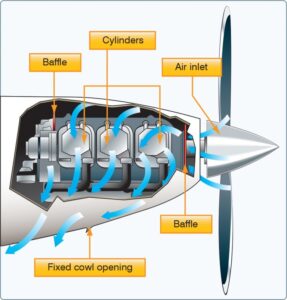
*Learn to Fly Blog
5. Cabin Comfort and Hydration: Flying in extreme heat can be uncomfortable for both the pilot and passengers. It is essential to maintain proper cabin ventilation and cooling to prevent fatigue and heat-related illnesses. Ensure that the cabin air vents are open, and consider using sunshades or window covers to minimize direct sunlight. Pilots and passengers should also stay hydrated by drinking plenty of fluids before, during, and after the flight.
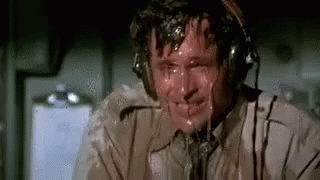
6. Weather Considerations: Hot weather often comes with unique weather patterns such as thunderstorms, convective activity, and wind gusts. Stay updated with weather briefings and consult with meteorological services to anticipate any significant weather changes. Be prepared to alter your flight plan if necessary to avoid adverse weather conditions and turbulence, which can be particularly severe during hot weather. Do you know the criteria for convective SIGMETs? You’re probably familiar with the fact that Convective SIGMETs contain bad weather. But how bad does it have to be? There are three different weather conditions included in a Convective SIGMET.
- An area of thunderstorms affecting 3,000 square miles or greater, with thunderstorms affecting at least 40% of the area.
- A line of thunderstorms at least 60NM long, with thunderstorms affecting at least 40% of the length.
- Severe or embedded thunderstorms affecting any area that are expected to last 30 minutes or more.

*boldmethod
7. Time of Day: When facing extreme heat, it’s advisable to schedule flights during cooler times of the day, such as early morning or late evening. Flying during these periods can help mitigate some of the adverse effects of high temperatures on aircraft performance and reduce the risk of heat-related issues.

Flying small planes in extremely hot weather requires careful planning and consideration to ensure the safety of both the pilot and passengers. Pilots should be aware of the impact of high temperatures on aircraft performance, weight and balance, engine cooling, and personal comfort. By understanding these challenges and implementing appropriate precautions, pilots can navigate the skies with confidence even in scorching conditions. Remember, when the mercury rises, staying cool, hydrated, and informed will contribute to a safe and enjoyable flight experience.
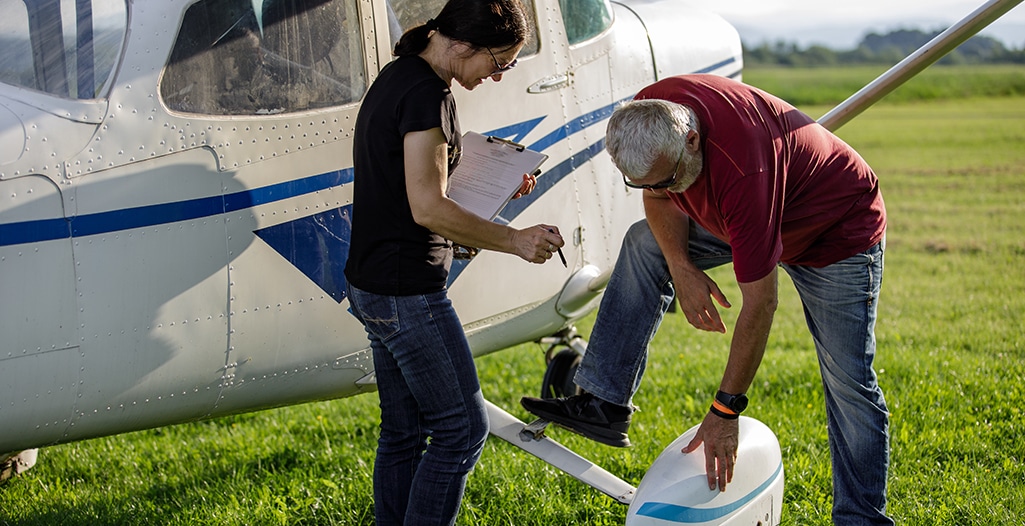 Density Altitude: High temperatures lead to increased density altitude, which affects aircraft performance. Density altitude is the pressure altitude corrected for temperature variations from the standard atmosphere. As the density altitude rises, aircraft performance decreases, including reduced engine power, longer takeoff and landing distances, and decreased climb rates. Pilots should consult aircraft performance charts to accurately determine the impact of density altitude on their specific aircraft and adjust their flight plan accordingly.
Density Altitude: High temperatures lead to increased density altitude, which affects aircraft performance. Density altitude is the pressure altitude corrected for temperature variations from the standard atmosphere. As the density altitude rises, aircraft performance decreases, including reduced engine power, longer takeoff and landing distances, and decreased climb rates. Pilots should consult aircraft performance charts to accurately determine the impact of density altitude on their specific aircraft and adjust their flight plan accordingly. 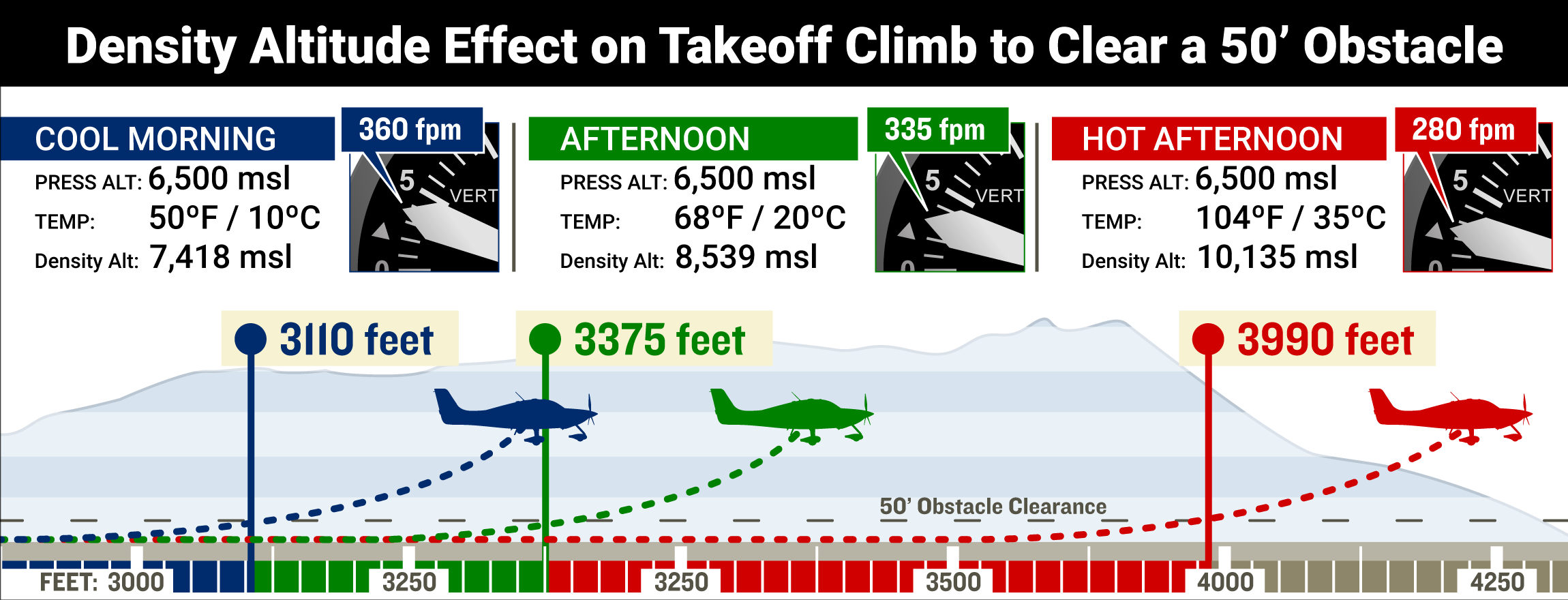 *AOPA
*AOPA